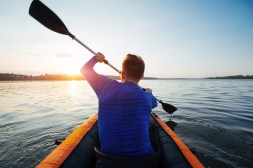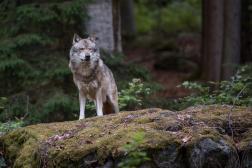Top 5 Ways Consumer Behavior Affects Wildlife Populations Internationally

Consumers worldwide play a significant role in shaping the health and sustainability of wildlife populations across the globe. Every purchasing decision, from food to clothing to electronics, can have direct or indirect impacts on natural habitats and animal species. Understanding these connections helps individuals make more informed choices that support conservation efforts.
Habitat Destruction Through Product Demand
Many consumer products require raw materials sourced from natural environments, often leading to deforestation, land conversion, and habitat loss. For example, demand for palm oil in processed foods and cosmetics drives deforestation in tropical regions, threatening species like orangutans and tigers by reducing their living spaces.
Overfishing Driven by Seafood Consumption
Global appetite for seafood has contributed to overfishing, which depletes fish populations and disrupts marine ecosystems. Unsustainable fishing practices harm not only targeted fish species but also affect other marine life through bycatch and habitat damage.
Illegal Wildlife Trade Fueled by Consumer Desire
Consumer interest in exotic pets, traditional medicines, or luxury items such as ivory jewelry sustains illegal wildlife trafficking networks. This trade endangers numerous species by removing them from their natural habitats and pushing some toward extinction.
Pollution From Disposable Products Affecting Animals
Single-use plastics and other disposable goods often end up as pollution in terrestrial and aquatic environments. Wildlife can ingest or become entangled in plastic waste, leading to injury or death while polluting ecosystems globally.
Carbon Footprint Leading to Climate Change Impacts on Wildlife
Consumer behaviors that involve high energy use or reliance on fossil fuels contribute to climate change—a major threat to wildlife worldwide. Altered temperatures, changing weather patterns, and rising sea levels affect habitats and force animal migration or adaptation challenges.
By recognizing how everyday purchases impact wildlife internationally, consumers can take proactive steps toward more sustainable lifestyles—choosing eco-friendly products, supporting conservation initiatives, reducing waste, and advocating for policies that protect animals and their habitats.
This text was generated using a large language model, and select text has been reviewed and moderated for purposes such as readability.











